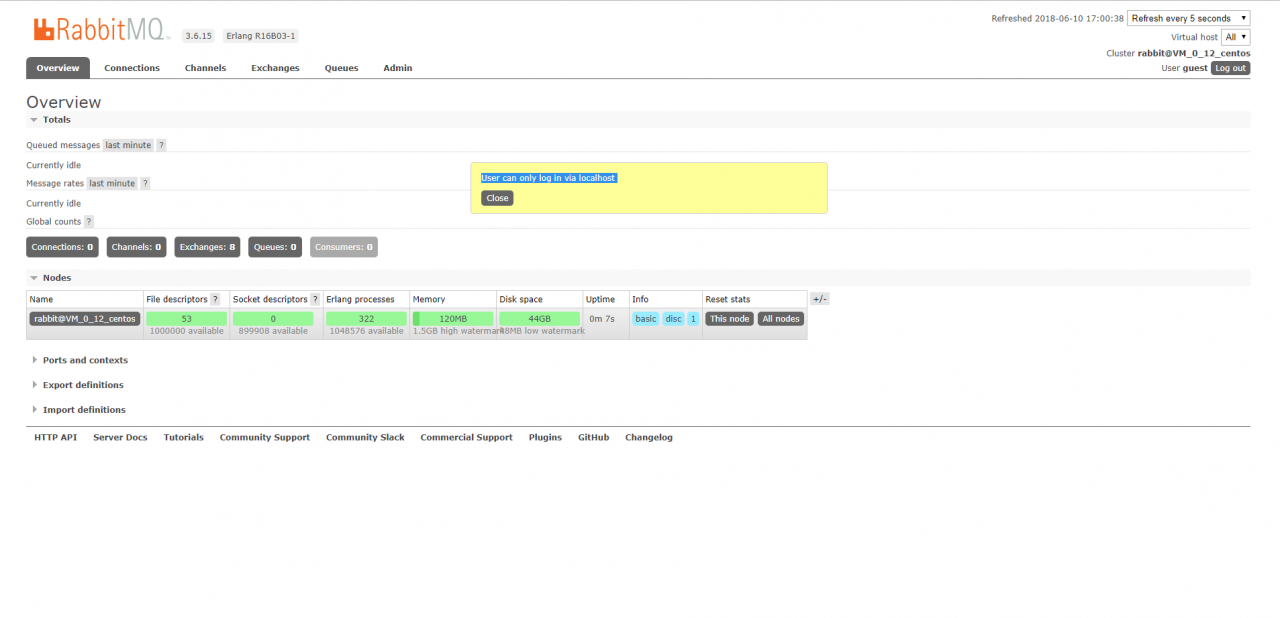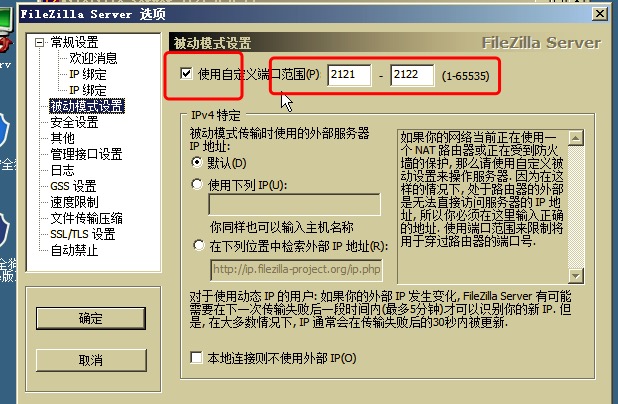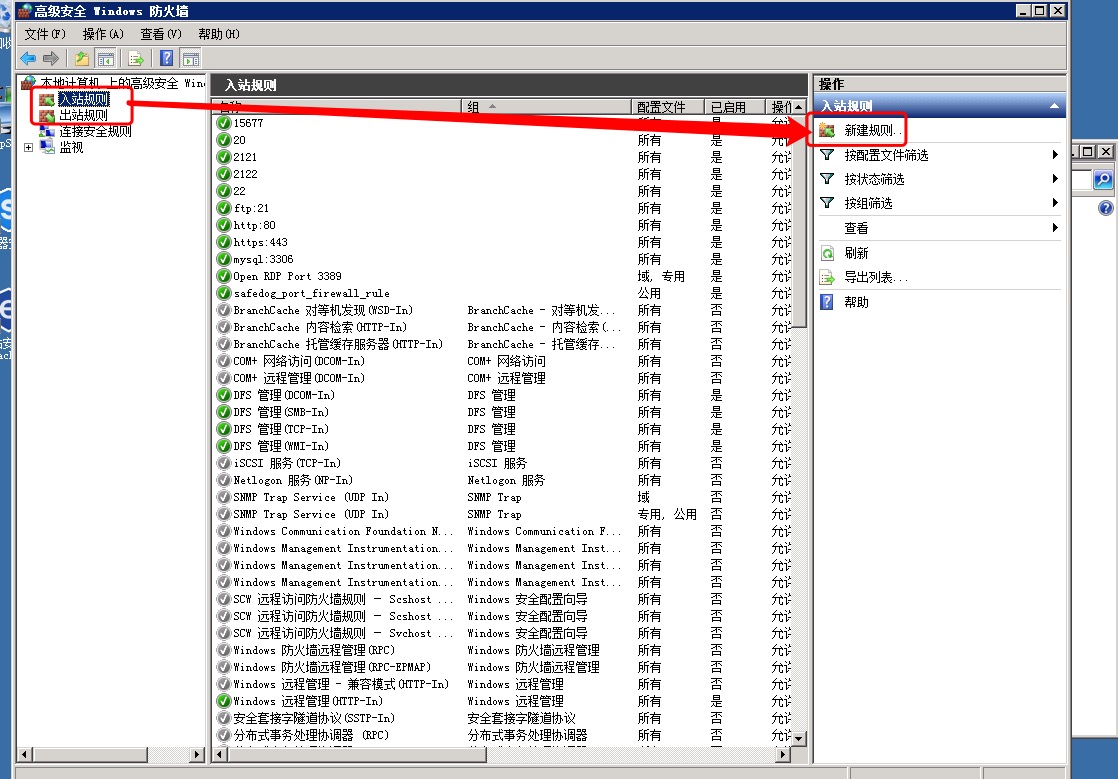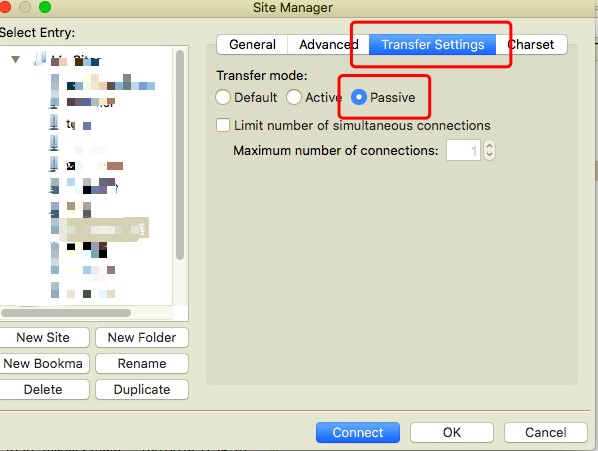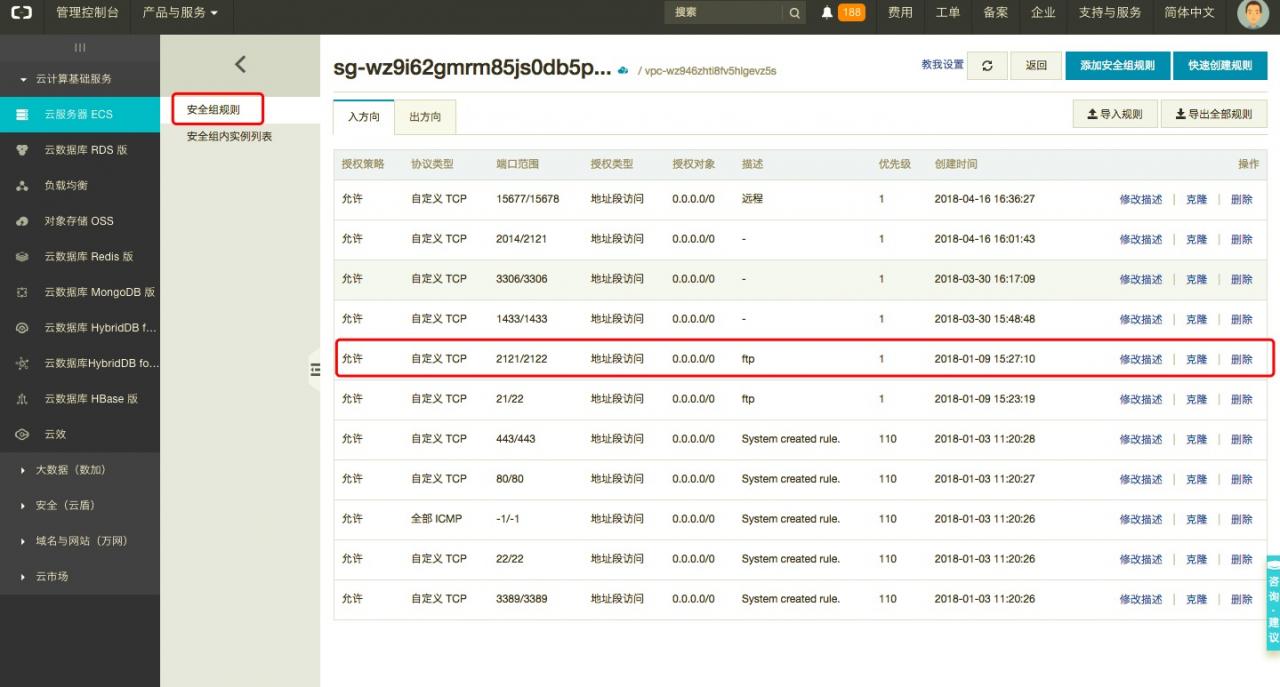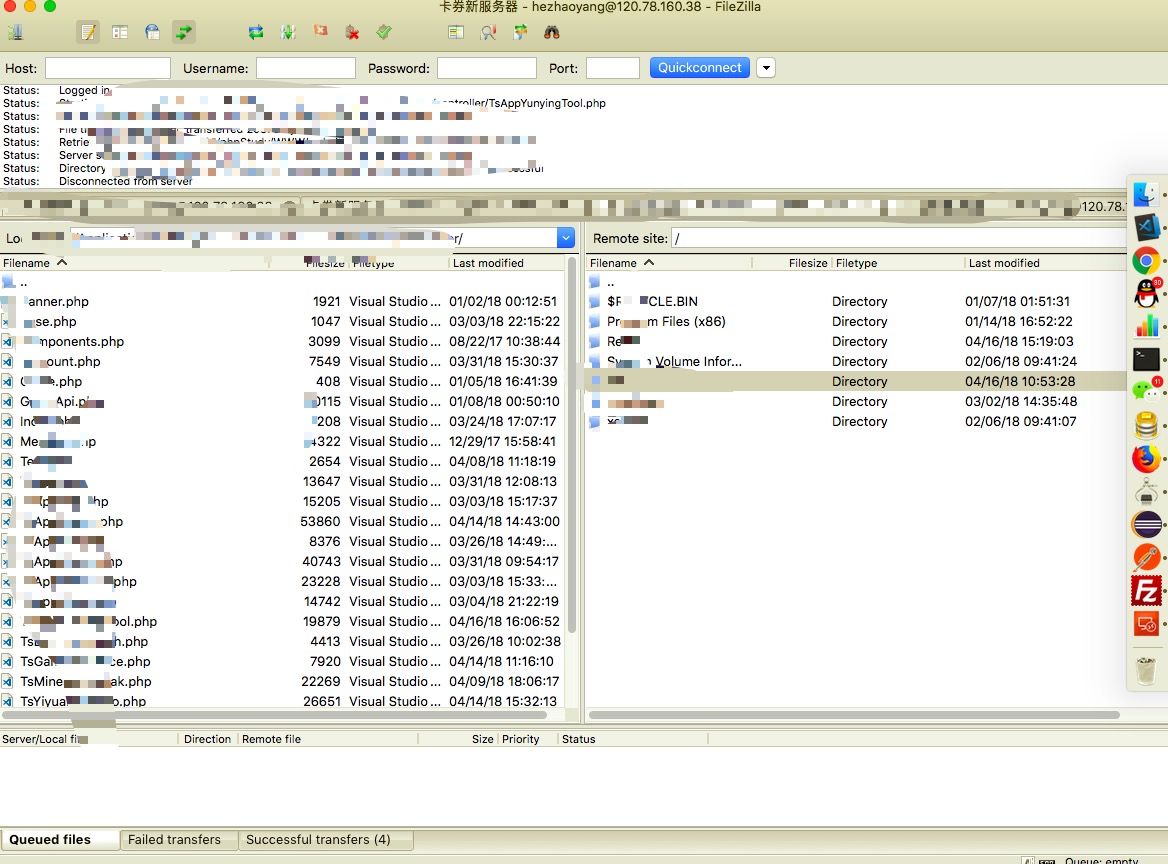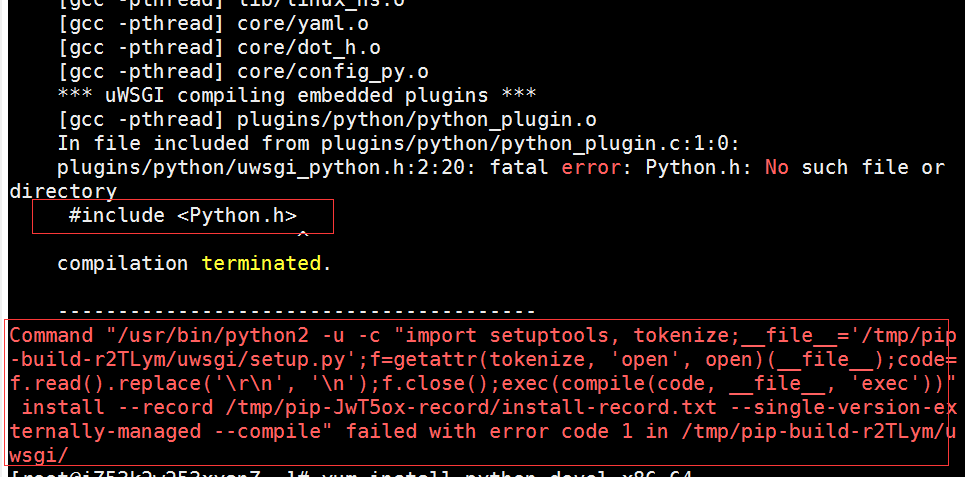After upgrading to Fedora 9, I found it impossible to mount the Samba Shared file system as before.
when I use the following command:
$mount-t cifs //192.168.1.2/ Samba/MNT/Samba-o Username =test,password=test
mount samba share file gets the following error:
mount error 20 = Not a directory
Refer to the mount.cifs(8) manual page (e.g.man mount.cifs)
a Google search revealed that the problem could be due to the cifs file system not being compatible with older samba Shared servers, so either upgrading the samba server program or restricting the cifs would be required to fix the problem. According to the online advice, you can use:
$echo 0 > /proc/fs/cifs/LinuxExtensionsEnabled
modifies the cifs option to disable cifs extensions, and then mount is no problem.
but it was a bit cumbersome to do this every time I restarted, so I changed my system startup script so that I could put these mounts into my fstab and let the system mount automatically every time it was started. The methods are as follows:
modify /etc/init.d/netfs to add a line like the + sign in start as follows:
Case “$1” in the start)
+/sbin/modprobe cifs & amp; & echo 0 > /proc/fs/cifs/LinuxExtensionsEnabled
…
first execute “/sbin/modprobecifs” to load the cifs module, otherwise the file we want to modify LinuxExtensionsEnabled may not exist yet, and the modification will fail. Since rc*.d/S**netfs at different boot levels are linked to /etc/init.d/netfs, this change takes effect for all boot levels. Of course, if your system is not such a link, it is the same to modify the corresponding file.
there will be no problem installing the samba Shared file system after the restart.



